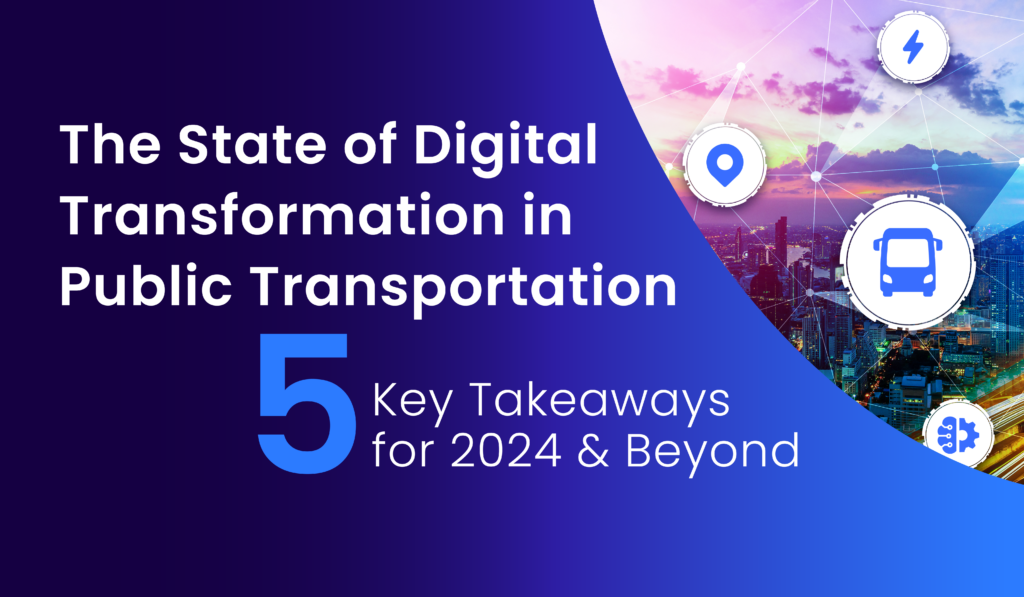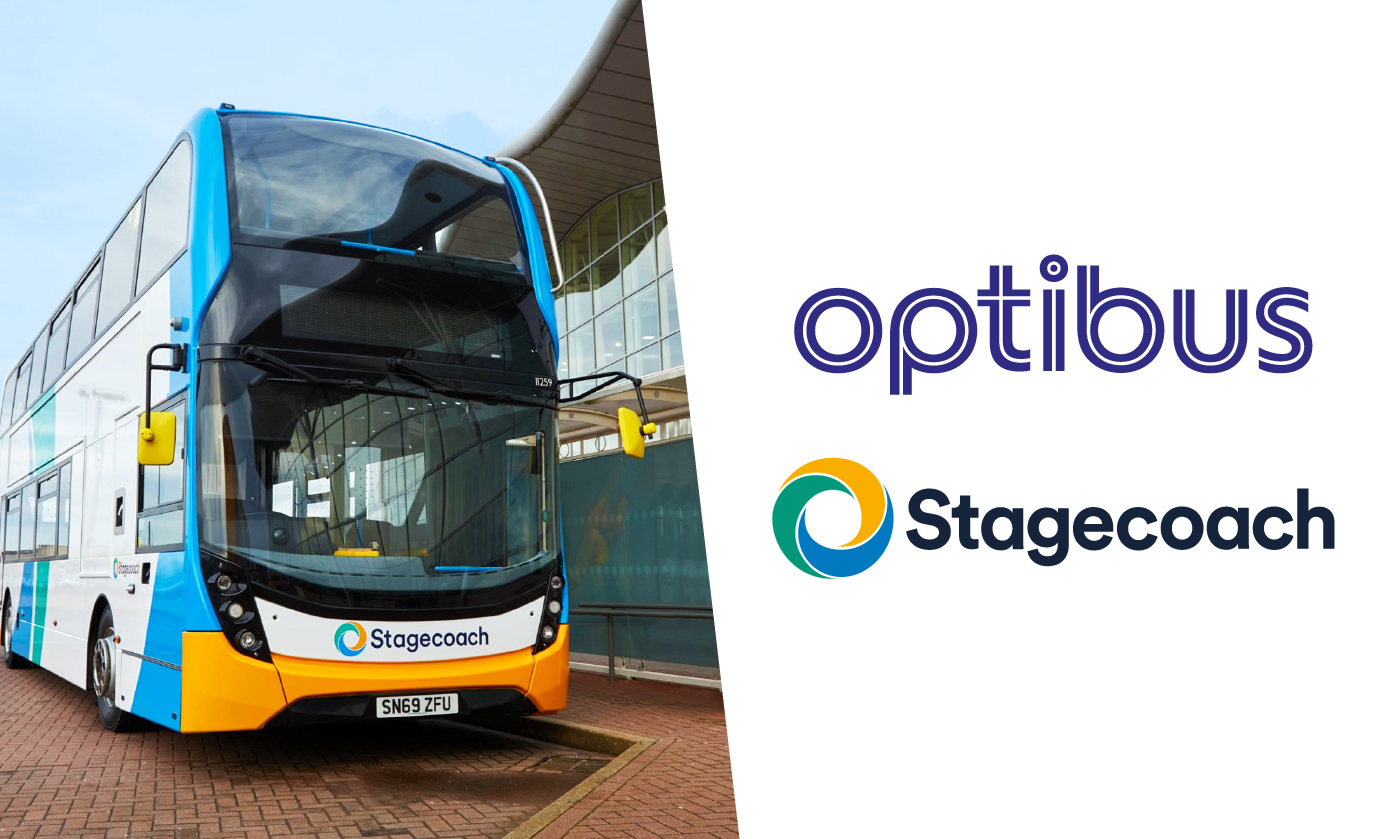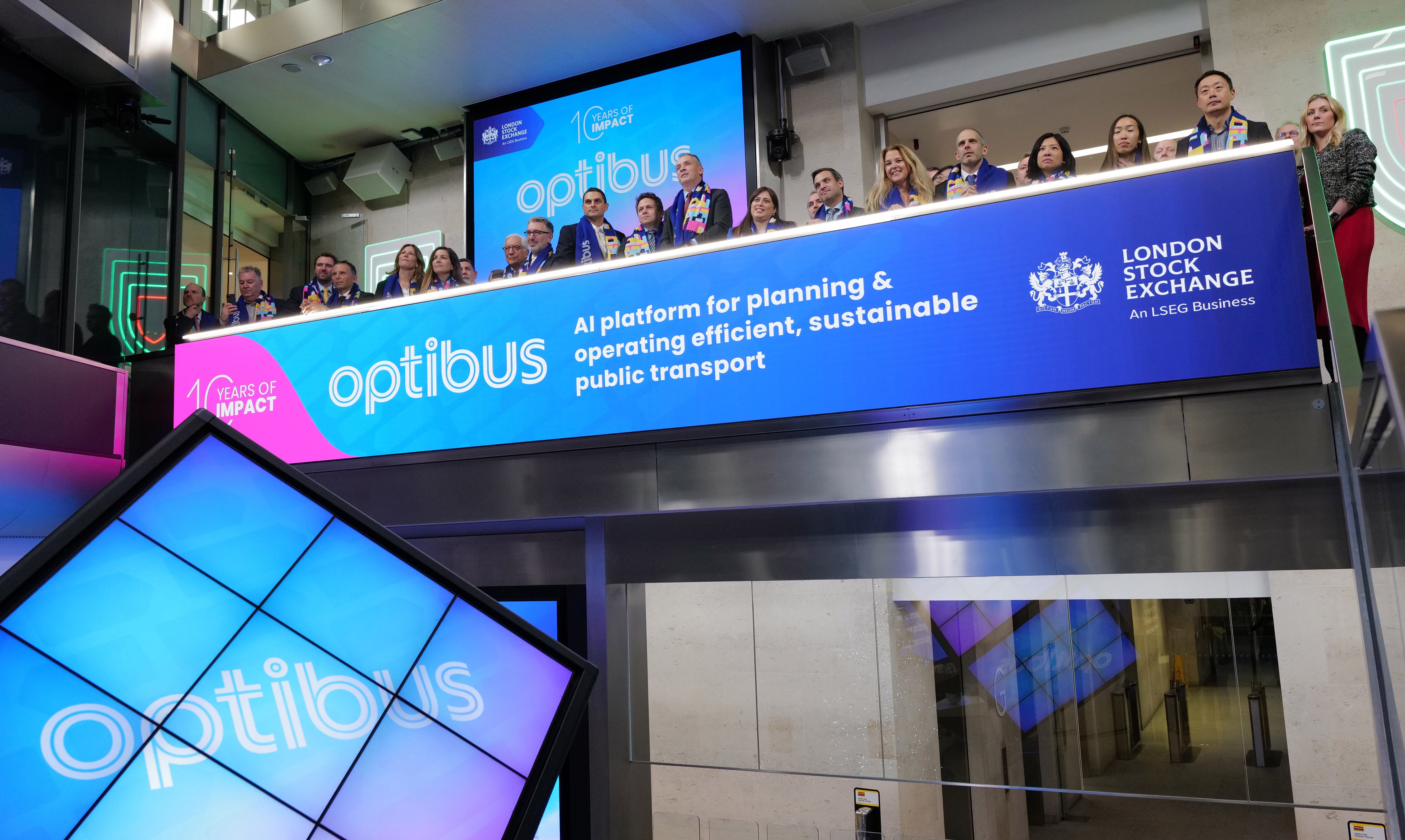Bus services are vital for local communities, connecting people to jobs, education, healthcare, and leisure activities. But who's in charge of planning these essential services and how will this change under a new Labour Government?
We have to go all the way back to the Transport Act of 1985 to understand the current system. Bus services were deregulated for England, Wales and Scotland (outside London) in 1986. This meant municipal ownership was no longer possible and the running of bus services passed to private companies with the aim of promoting more competition and a better deal for passengers. But - because services could not be run at a loss or a profit making route subsidising a loss making route, only the popular routes on main corridors have survived. As such, the offer to passengers over the last 30 years has declined as patronage and route mileage has fallen in a spiral of decline.
Since the 1980s transport has become a devolved matter in Wales and Scotland, so for the purposes of this article we’ll focus on how things work in England.
On paper, local authorities play a crucial role in shaping the bus network and ensuring it meets the needs of their residents. In reality, this can vary depending on where you are, from doing the minimum (providing up to date passenger information), to going the extra mile. Capacity and skills also play an important role in shaping how much is possible to deliver, with local authority budgets reducing year on year during the austerity years from 2010 onwards.
Let's take a closer look at their responsibilities today - largely since the Bus Services Act 2017 and the launch of the National Bus Strategy ‘Bus back better’ in 2021.
Strategic Planning and Partnership
Local authorities are responsible for developing a long-term vision for their local bus network - this helps them to define potential infrastructure projects for inclusion in a long-term Local Transport Plan. All this work involves assessing current services, identifying gaps and areas for improvement, and setting ambitious targets for the future. A lot of this work is currently done by consultancies who have the skills and resources available to carry out detailed network analysis and planning. Since 2021, local authorities also need to create comprehensive Bus Service Improvement Plans (BSIPs) outlining their goals and strategies. To do this, they work closely with bus operators, community groups, and other stakeholders to create a plan for infrastructure, and joint marketing and ticketing initiatives that will improve the local bus services.
Enhanced Partnerships and Franchising
The Bus Services Act 2017 introduced new powers for local authorities to improve bus services through two main models: Enhanced Partnerships (EPs) and franchising. EPs are voluntary agreements between councils and operators, allowing them to collaborate on timetables, fares, and marketing. Franchising gives local authorities more control, enabling them to set routes, frequencies, and fares while operators bid to run the services. Currently only Mayoral Combined Authorities are able to pursue the franchising option without the approval of the Secretary of State, and all but one (Tees Valley) has committed to exploring the franchising options.
Funding and Subsidies
Local authorities have a budget for supporting bus services, particularly those that are not commercially viable but considered socially necessary. They can use this funding to subsidise routes (additional early morning or late evening trips on commercial corridors for example), provide concessionary fares for specific groups, and invest in infrastructure such as bus lanes and shelters. However, as a result of funding cuts since 2010 it is estimated that council-run bus services have been cut by 90% in England.
New powers under a Better Buses Bill?
Announced during the King's Speech on Wednesday 17 July a new Better Buses Bill is set to pass through Parliament during the coming session. The Bill is aimed at giving local authorities more powers to take back control over how their local bus network is planned, managed and operated. There are plans to extend and simplify the ability for all authorities to franchise their local bus network. There will also be a lift on the ban on municipal ownership of bus companies - giving authorities the option to control and be accountable for everything from planning through to operations.
Information and Promotion
It is the responsibility of local authorities to ensure passengers have access to accurate and up-to-date information about bus services. This includes publishing timetables and maps online and at bus stops. Local authorities are also responsible for maintaining the National Public Transport Access Nodes (NaPTAN) database - a list of all the places you can get on or off a public transport service.
 Impact Analysis visualises multiple data layers and evaluates the effects of service changes on your network.
Impact Analysis visualises multiple data layers and evaluates the effects of service changes on your network.
How Optibus can help
Whether making decisions about what bus services to support with scarce financial resources, how to design a franchised network, or considering municipal ownership, authorities need to be able to make decisions based on data. Ultimately they need to be able to show the investments they make provide the best value for money, or are the most likely to meet a wide set of policy objectives. With Optibus it’s possible to see how different communities are impacted by service changes, or how accessibility to key destinations is affected by changes to timetables. Having the ability to answer the questions of “who is this service reaching, and what opportunities does it provide” are crucial to good decision making and good planning.
Once the key routes are determined, local authorities need to add the layers of detail that ensure they interact with others to create a network. Connections here are crucial - whether it’s integrating bus with bus, or with DRT or rail. With Optibus, it’s possible to simulate passenger journeys through the network to see how well timetables are designed to enable transfers. It’s possible to set specific transfer times at hubs to ensure timetables are always creating an integrated network. We call this design.
Once the network is designed, local authorities need to publish high quality passenger information - both in print and online. Optibus makes this process easy with tailored passenger timetables that can be printed for display at bus stops across the network. It is also possible to publish timetables to the web, either as downloadable files for use by passengers offline, or as html tables that ensure timetables can be accessed by people who use screen readers.
If you are interested in learning more about how Optibus can support all steps in your bus data journey, whether it’s for preparing your BSIP refresh, monitoring your Enhanced Partnership or considering the steps towards franchising - get in touch - we’ve got you covered. You can also come to see me in-person at Quality Bus in Manchester on September 23-24, 2024.
Read more:







